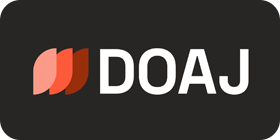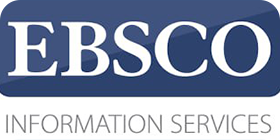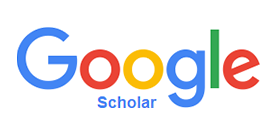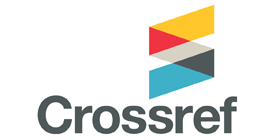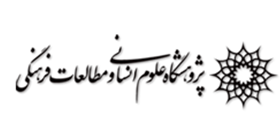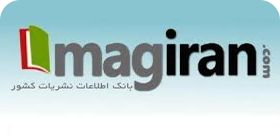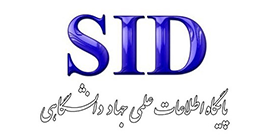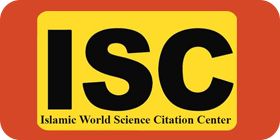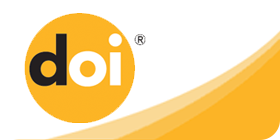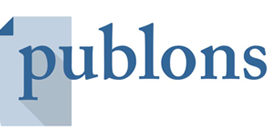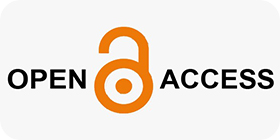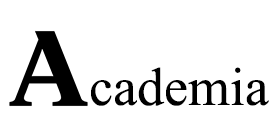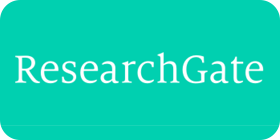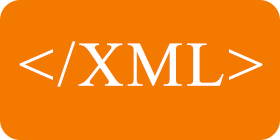Identifying the Components of the Moral and Social Education Curriculum for Lower Secondary Schools in Hormozgan
Keywords:
Moral Education, Social Education, Grounded Theory, Curriculum DesignAbstract
Purpose: This study aimed to identify and validate the core components of a moral and social education curriculum model tailored for lower secondary schools in Hormozgan Province, Iran.
Methods and Materials: The research employed a qualitative design using the classical grounded theory approach as developed by Glaser and Strauss (1967). Data were collected through semi-structured interviews with 30 experts, including educators, curriculum specialists, and policy advisors in the field of moral and social education. Participants were selected based on academic expertise or practical experience in teaching or policymaking for moral education at the lower secondary level. Data analysis was conducted in three coding phases—open, axial, and selective—to construct a comprehensive conceptual model. Coding was manual and iterative, ensuring conceptual saturation through constant comparative analysis.
Findings: The findings revealed seven core dimensions of the curriculum model: causal conditions, background conditions, intervening conditions, strategies, main phenomenon, outcomes, and facilitating factors. Causal factors highlighted the need to improve cognitive, emotional, and skill-based educational goals. Strategies emphasized the integration of values into teaching methods, evaluation systems, and technological tools. Intervening conditions such as teacher readiness, institutional support, and infrastructural adequacy were found to be critical. Outcomes included enhanced student engagement, moral reasoning, psychosocial well-being, and teacher awareness. Facilitating factors—such as administrative backing and favorable social attitudes—were identified as pivotal for successful implementation.
Conclusion: The proposed model offers a holistic, culturally responsive, and theoretically grounded framework for designing and implementing moral and social education curricula in lower secondary schools. By addressing developmental, institutional, and cultural variables, the model supports the formation of ethically conscious and socially responsible students, adaptable to Iran’s diverse educational contexts.
Downloads
References
Aghili, S. R. (2020). Examining the governing principles of the desired moral education curriculum model in the Iranian elementary education system. Scientific-Research Quarterly of Teaching Research(108), 17-34. https://education.scu.ac.ir/article_14728.html
Aghili, S. R., Alamolhoda, J., & Fathi Vajarghah, K. (2018). Designing a Curriculum Model for Moral Education in the Primary Educational System of Iran. 6(4), 1-23. https://www.sid.ir/paper/186718/en
Alwadai, M. A. M., & Alhaj, A. A. M. (2023). Perspectives of High School Teachers on the Role of Values Education in the Curriculum: A Qualitative Study at Asir District, Saudi Arabia. Technium Social Sciences Journal, 40, 617-629. https://doi.org/10.47577/tssj.v40i1.8486
Bafarani, F., Mossadegh, H., & Rafiei, M. (2021). Examining the role of the hidden curriculum in strengthening moral intelligence. Management of Educational Organizations, 10(4).
Bamkin, S. (2020). The Taught Curriculum of Moral Education at Japanese Elementary School: The Role of Classtime in the Broad Curriculum. Contemporary Japan, 32(2), 218-239. https://doi.org/10.1080/18692729.2020.1747780
Cho, S.-H. (2023). Exploring Moral Education Directions for Emotional Competence as a Means of Anger Regulation. Korean Association for Learner-Centered Curriculum and Instruction, 23(8), 661-681. https://doi.org/10.22251/jlcci.2023.23.8.661
Douglas, E. S. (2023). Social Foundations of the Curriculum. Review of Educational Research, 1(5), 253-274.
Gandomkar D, G. A., Hashemi SA, Mashinchi A. (2019). Designing a Moral Education Curriculum Pattern for Secondary School on based on Grounded Theory. Curriculum Planning, 16(61), 34-47. https://www.magiran.com/paper/1985852
Gholampour, M., Pourshafei, H., Farasatkhah, M., & Ayati, M. (2021). Explaining the Elements of the Moral Education Curriculum According to the Raḍavi Tradition. Journal of Razavi Culture, 9(33), 179-201. https://doi.org/10.22034/farzv.2021.129236
Hashemi, R., & Tabrizi, S. (2023). Comparative analysis of citizenship education in Iranian and Turkish social studies curricula. Journal of Curriculum Studies, 55(2), 182-201.
Hojjati, M., Haemi, H., Shariatnia, K., & Bayani, A. A. (2021). Analysis of the Basics and Curriculum of Teaching Creative and Critical Thinking Skills in Elementary School. Journal of Research in Educational Systems, 15(53), 58-71. https://www.jiera.ir/article_130024_7481432903abff0641c0449a5551d9d4.pdf
Khaleghi, s., Ghaffari, A., Hashemi, t., Beyrami, M., & Taklavi, S. (2023). Designing Citizenship Ethics Curriculum and its Effectiveness in the Improvement of Altruism and Prosocial Behaviors in Adolescents. JOURNAL OF INSTRUCTION AND EVALUATION, 16(62), 59-80. https://doi.org/10.30495/jinev.2023.1979156.2830
Khandani, A. A., Imanzadeh, A., & Ranjdoust, S. (2023). Development of an Optimal Model for Ecological Citizen Curriculum of Junior High School. The Journal of New Thoughts on Education, 19(1), 117-138. https://doi.org/10.22051/jontoe.2021.37965.3431
Malaki, H., & Alipour Moghaddam, K. (2022). dentifying and Validating the Principles and Objectives of the Moral Education Curriculum Model [Original Research]. Bimonthly of Education Strategies in Medical Sciences, 15(3), 280-289. http://edcbmj.ir/article-1-2428-en.html
Metaji Nimvar, A., Ahan, C., & Karami, S. O. (2023). In Search of Ethics and Social Responsibility: Evaluation of the Curriculum of the Human Resources Education and Development Discipline. Management and Planning in Educational Systems. https://mpes.sbu.ac.ir/index.php/Economicsandmodeling/journal/article_103244.html?lang=en
Özgünlü, M., Erbil, F., & Göl-Güven, M. (2022). Social and Emotional Learning (SEL): How It Finds a Place in an Early Childhood Education Curriculum in Turkey. Journal of Childhood Education & Society, 3(2), 139-150. https://doi.org/10.37291/2717638x.202232180
Tajri, T. (2021). Ethics-Based Curriculum: Perpetuating the Maternal Role in Elementary Education. Curriculum Studies Research, 1(11), 77-104. https://jcr.shirazu.ac.ir/article_6325.html
Talebi, Z., Mosadegh, H., & Mubaraki, H. (2022). Determining the relationship between hidden curriculum and social responsibility of high school students. The Journal of Theory and Practice in Teachers Education, 8(13), 50-23. https://itt.cfu.ac.ir/article_2336_en.html?lang=en
Zhang, Q., Saharuddin, N., & Nor Azni Binti Abdul, A. (2022). The Analysis of Teachers’ Perceptions of Moral Education Curriculum. Frontiers in psychology, 13. https://doi.org/10.3389/fpsyg.2022.967927
Downloads
Published
Submitted
Revised
Accepted
Issue
Section
License
Copyright (c) 2025 Mohammad Almasi (Author); Mahnoosh Abedini; Mohamadnoor Rahmani (Author)

This work is licensed under a Creative Commons Attribution-NonCommercial 4.0 International License.

